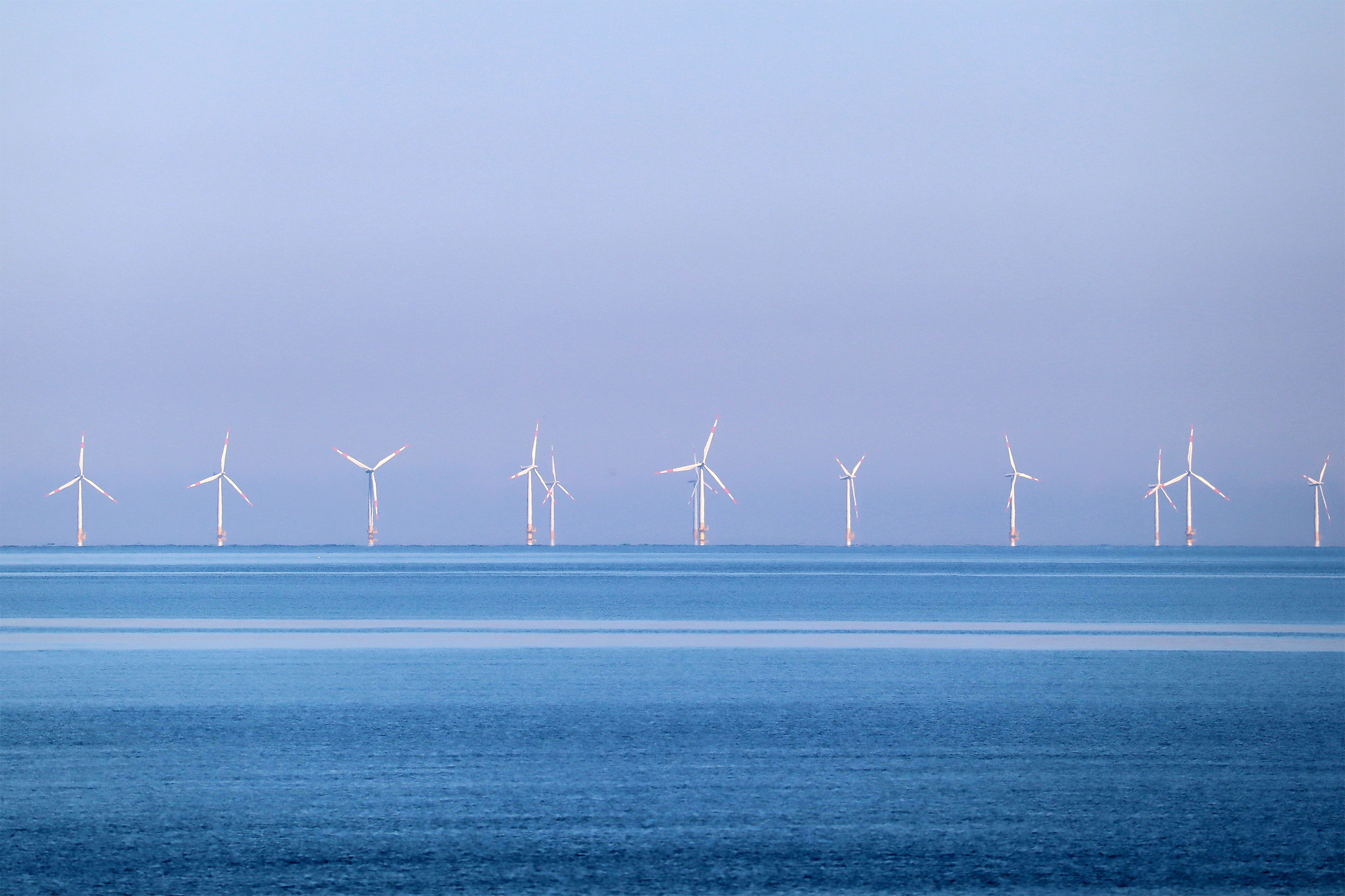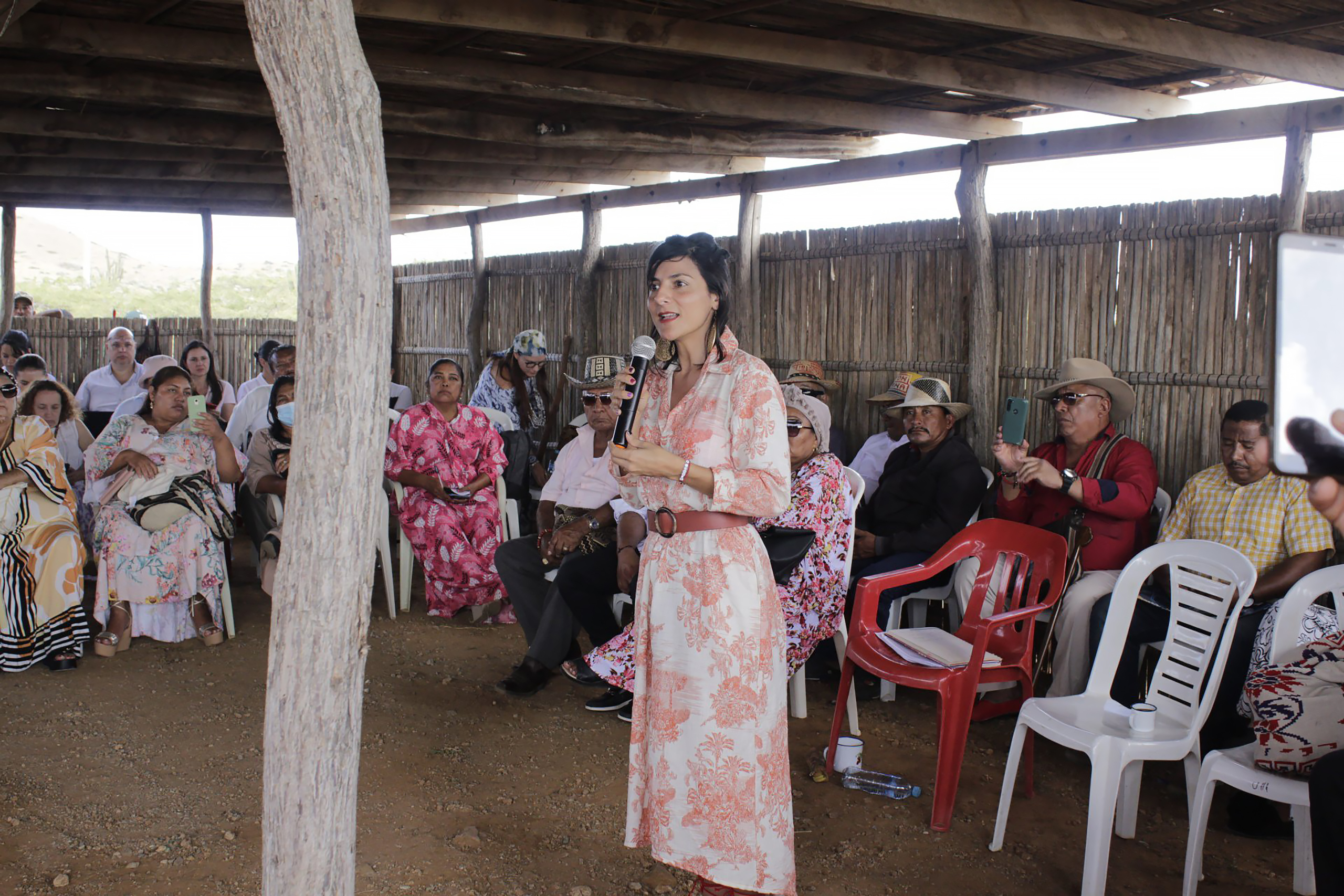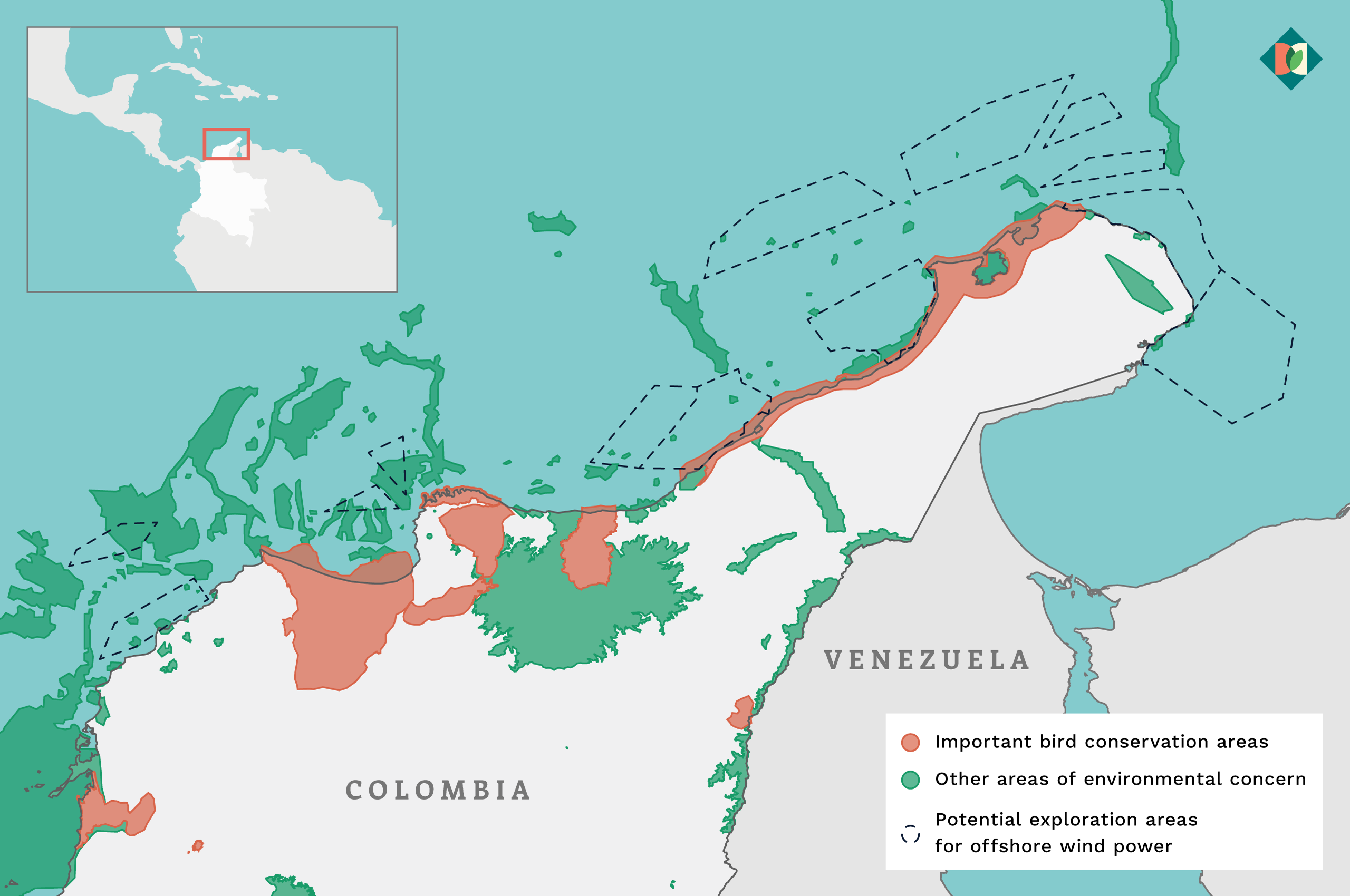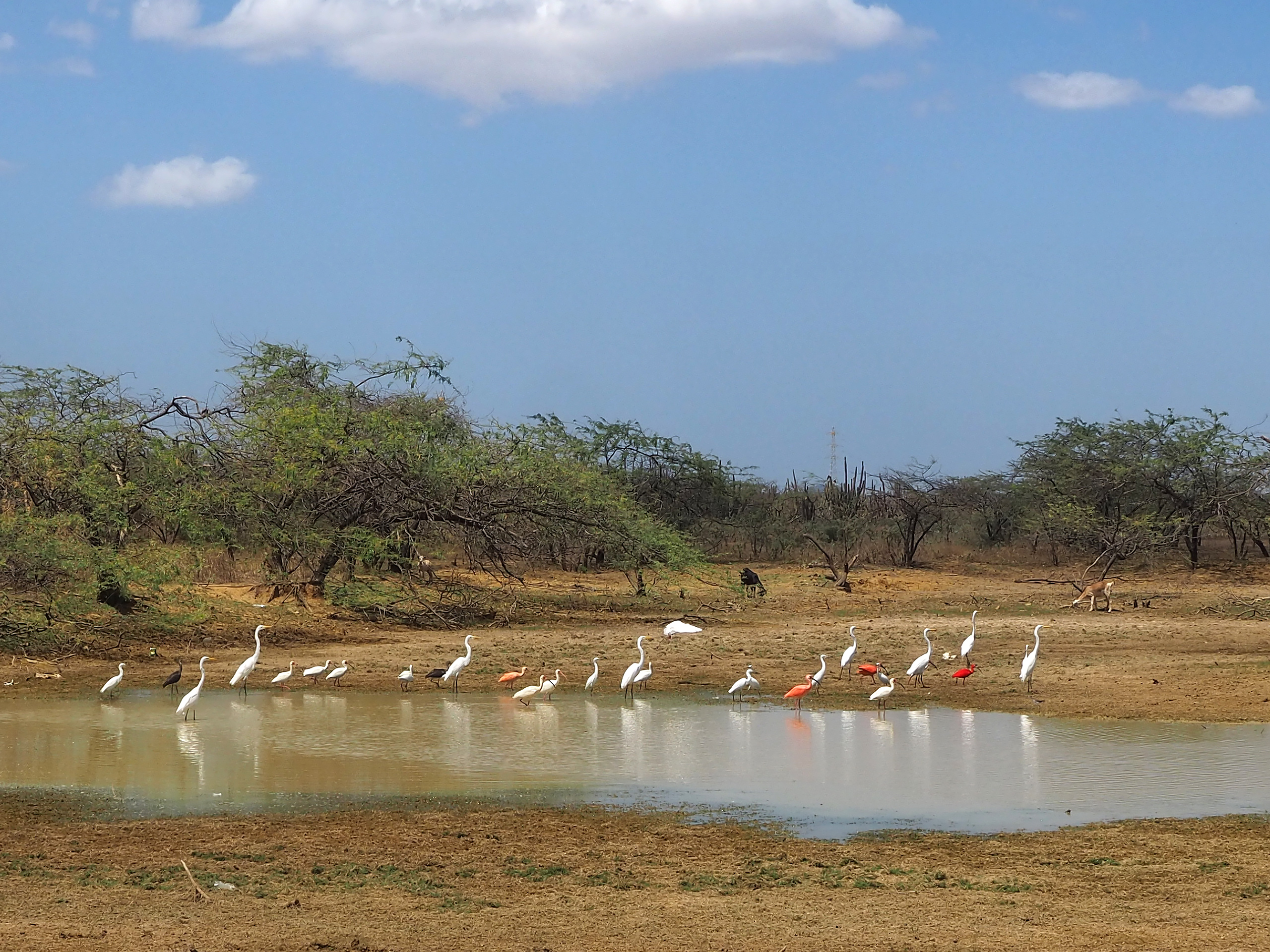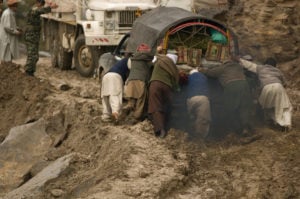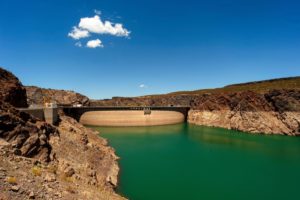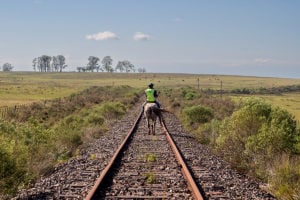“The wind and the strength of our seas place us in a privileged area for the installation of wind power generation projects, and this will allow us to be the first country in Latin America to produce this type of energy offshore,” said Colombia’s Minister of Mines and Energy, Irene Vélez, in late May, as she announced the country’s first ever auction for offshore wind power projects.
A few days later, the Colombian government launched its first information portal on the deployment of offshore wind power, which will report on the progress of the country’s efforts to boost its capacity, and take advantage of the consistency and strength of the wind at sea.
According to Vélez, the final details of the tender will be ready in August. Companies who obtain permits will be able to carry out studies, apply for licences for activities and access maritime concessions to build and operate offshore wind farms. However, a number of challenges remain for offshore wind development in Colombia.
Stagnant renewables
A recent report by SER Colombia, a renewable energy sector association, stated that of the 80 non-conventional renewable energy projects – that is, wind and solar facilities – that were scheduled to enter operation in Colombia in 2023 and 2024, only 35% are progressing smoothly. The rest are delayed due to social, environmental or legal conflicts.
Among these is the Windpeshi wind project, owned by Enel Colombia and located in the department of La Guajira in the country’s far north. On 24 May, the company announced the indefinite suspension of the project’s construction after difficulties in reaching agreements with some Wayuu Indigenous communities, the ancestral inhabitants of the territory. Meanwhile, Colectora, a transmission project planned to transport energy from seven wind farms in La Guajira to the rest of the country, has been delayed for three years. Elsewhere, other renewable energy projects have been unable to connect and deliver power to the grid, the National Interconnected System.
Potential on the oceans
Around the world, offshore wind energy has shown itself to be a promising alternative source of power. In 2021 alone, the global installed capacity of offshore wind plants tripled, reaching record figures, as 21.1 gigawatts of new capacity was added, up from 6.1 GW of additions in 2020.
Colombia is among the world’s nations with some of the greatest wind power potential. “We are the only country in South America that has two oceans and a huge extension of territorial sea, equivalent to almost 50% of the country,” says Andrea Devis-Morales, an oceanographer with extensive experience in offshore energy.
We are the only country in South America that has two oceans and a huge extension of territorial sea, equivalent to almost 50% of the countryAndrea Devis-Morales, oceanographer
Devis-Morales is working on a project at the National University in Medellín to determine the potential of renewable energy within Colombia’s seas. Her research focuses not only on wind, but also on wave- and current-powered sources, ocean temperature energy conversion and saline gradient energy.
However, the researcher stresses that wind has an advantage over other forms of energy generation: “Potential sources such as thermal or saline gradient are not yet sufficiently technologically advanced. On the other hand, the technology to extract energy from wind has advanced a lot, as well as the technology to keep platforms afloat despite variations in climate and intense weather.”
Unresolved issues
Although the Colombian government has stated that it is looking to conclude the first round of temporary occupancy permit allocations for offshore wind in the near future, the rules of the game are still not so clear. A specific regulatory framework for offshore wind has been under construction in the country since 2020. A national offshore wind power roadmap was published in May 2022, detailing its potential and challenges in the medium and long term. In August 2022, the government released Resolution 40284, which aims to establish the rules and requirements for granting temporary occupancy permits to companies as a first step in the development of projects.
The Colombian Caribbean coast, where the country’s greatest potential for offshore wind energy is concentrated, is also home to protected areas, areas of biological and ecological importance, and critical habitats and ecosystems for the conservation of species. Its waters are used by artisanal and commercial fisheries, and areas of the coastal land are ancestral territories of Indigenous communities.
It is also an area of high maritime traffic, for fishing, cargo and tourism, close to the Panama Canal, and with areas allocated for offshore hydrocarbon exploration and extraction. Dimar, the maritime authority in charge of controlling and authorising maritime and coastal activities in Colombia, oversaw the delineation of areas it considered to have “low levels of conflict”, where offshore wind projects would be allowed to develop and coexist with other marine activities.
As the roadmap points out, the larger the scale of a project, the greater the risks of social and environmental impacts, so “data, participation and careful marine spatial planning will be required to minimise them”. This was echoed in a recent report by CLEANaction, a platform comprising more than 10 international organisations, which focused on the potential impacts of different renewable energy sources. “We know that renewable energy is our best option to meet future energy needs without irreparably damaging our climate and nature, but even renewables will be disruptive to the environment when they are installed and maintained,” its foreword cautioned.
We know that renewable energy is our best option to meet energy needs without irreparably damaging our climate and nature, but even renewables can be disruptiveCLEANaction’s Nature-safe Energy report
According to researcher Juan Gabriel Rueda, a civil engineer and expert in offshore wind energy, Colombia still lacks sufficient information around its potential offshore developments. “There is not a clear legal context [in Colombia] to regulate sustainable and safe exploitation of the offshore wind energy,” he wrote as lead author of a 2019 research paper.
His perceptions have not changed. “The roadmap, which is what is guiding the discussions today, did not take into account the research that had been done here in Colombia on the subject,” Rueda told Climate Tracker. “Decisions were made without consulting the country’s academics, and the state lacks a lot of information, justifying the hiring of foreign consultants who, although they have experience, do not have in their countries the social, environmental and cultural conditions and particularities that we have.”
Among other challenges are the impacts on migratory birds, as highlighted by the country’s roadmap itself: “The dangers posed to birds by the construction of offshore wind farms continue to be mainly: the barrier to movement, loss of habitat and the risk of collision.”
A similar concern exists for marine mammals, such as dolphins and manatees. In Colombia’s Caribbean waters, 29 species – 83% of the species recorded in the country – have been identified as potentially sensitive to construction activities, underwater noise and the risk of collision with vessels. “There is currently no marine acoustics map of current noise levels, and we don’t know how [offshore wind developments] may impact marine species,” Rueda said.
Colombia has a mechanism of environmental licensing to reduce or compensate for these impacts. National legislation establishes that those who want to carry out this type of project must present an environmental impact assessment (EIA), the starting point for whether a licence is granted.
The National Environmental Licensing Authority (ANLA) and the Ministry of Environment and Sustainable Development, which are in charge of publishing terms for the development of EIAs for offshore wind projects, were approached for comment on the progress of these systems, but at the time of publishing no response had been received.
On 8 June, World Oceans Day, a study was published that indicated global greenhouse gas emissions had reached an all-time high of 54 gigatonnes of CO2 equivalent per year, on average, in the last decade. In order to limit global warming to 1.5C by the end of the century, renewables need to account for more than 90% of electricity generation by 2050 – a challenge that will need more than just targets and good intentions.
This article was originally produced by Climate Tracker Latin America. This version has been translated and lightly edited for a wider audience with permission.
